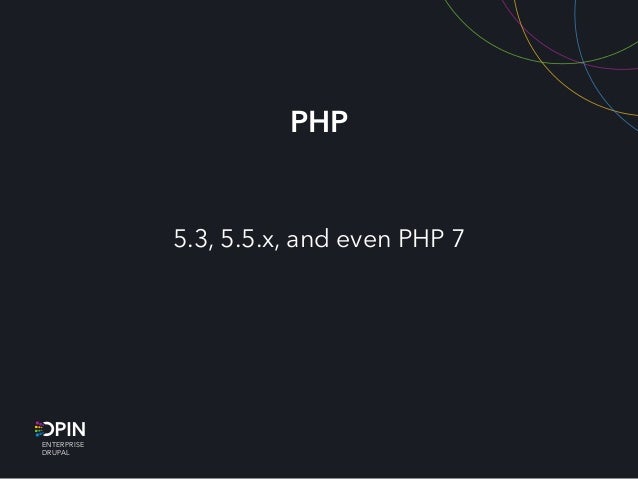


For deployments and local development, this offers an advantage where file depedndencies aren’t added to the base repository, but only installed when needed. Composer Tasks in Drupal 8Ī major change in Drupal 8 was the move to Composer-based dependency management. Unless you’re doing a quick throw-away spin-up for testing, such as this example, initiating a git reset -hard HEAD makes things much easier when problems are experienced.
Drupal vm manual#
The reason for this is that due to the number of dependencies installed when running a Composer-based build, doing a manual rollback can be a frustrating and tedious process. While using a version control system (VCS)-such as Git-is an essential component of team-based workflows, it’s also advisable to use them on solo projects. Once this process has run successfully, you should be able to see your local Drupal 8 build at: Note: This process may take ~10-15 minutes, depending upon your computer hardware and Internet connection. Running this wards off any potential file/folder permissions issues.
Drupal vm install#
To install the Drupal VM demonstration build, from a new Terminal session: The drupal builds managed here are built off the Composer template for Drupal Projectsįor those wishing to look at other options, the Composer Scaffold method build is available here. With these items now set up, we’ll go to building the local environment: Setting Up a Drupal 8 Local:įor this demonstration, we will be using the build provided at Drupal VM. This can help avoid issues such as your browser not being able to find your local build. It is also a good to install Vagrant VirtalBox Guest by running:

If all is installed properly, the version should display. Or close your Terminal window, reopen, and enter this to test: Then: Either run this in your same session: Moving an application to your /usr/local/bin folder enables you to use it without declaring a PATH variable in your ~/.bashrc file. When this has successfully completed, run this: mv composer.phar /usr/local/bin/composer
Drupal vm code#
The code should look like this (often with a different hash): php -r "copy('', 'composer-setup.php') " This changes frequently, so it’s best to check the above link for the latest, and run that code from your user root. Since Composer will be downloaded as a PHP package, it’s best to follow the listed instructions for downloading Composer. Vagrant and VirtualBox are downloaded and installed via package installers, and require little time to set up. To set up the local environment, we will be using Drupal VM. The code instructions are geared for Unix-based systems such as MacOS or Linux, but can be adapted for Windows. This requires a different approach to site building and management for your Drupal projects.įollowing are tips for standing up a Drupal 8 site locally for test and evaluation, as well as some guidelines for running a complete build. Although the stock administrative interface and site building concepts will look familiar to long-time users, much is different beneath the surface.

Drupal underwent a sea change moving from 7 to 8.


 0 kommentar(er)
0 kommentar(er)
